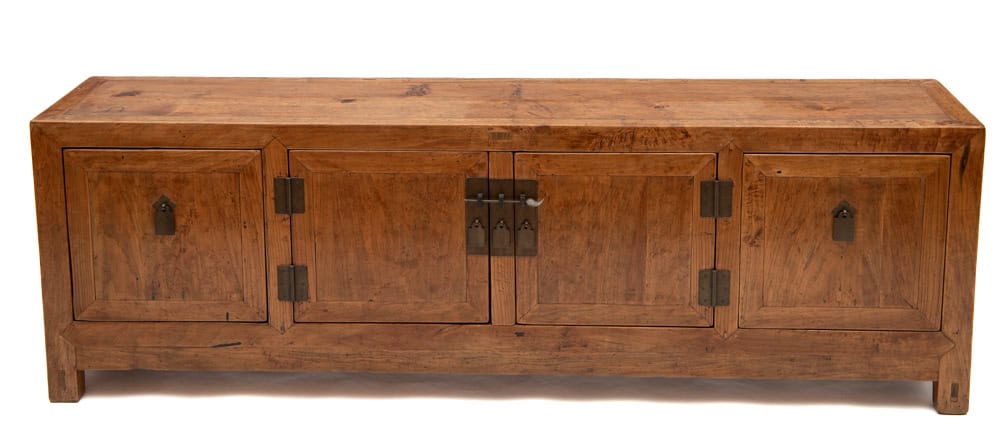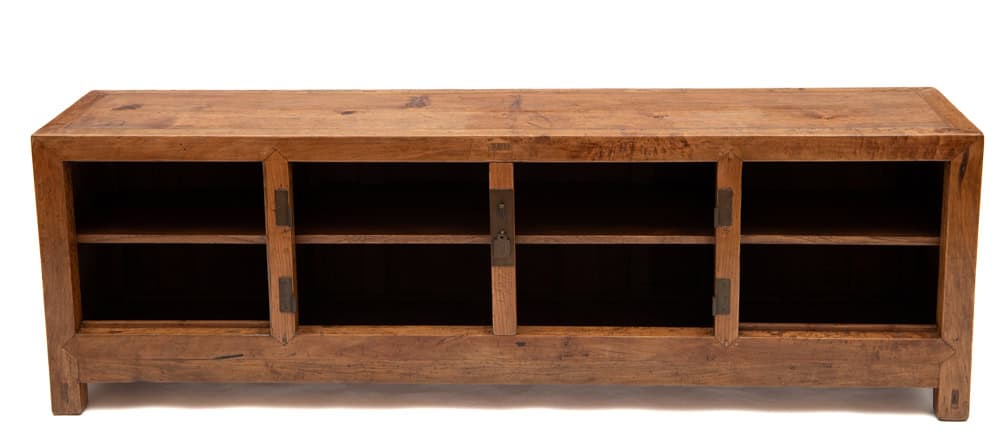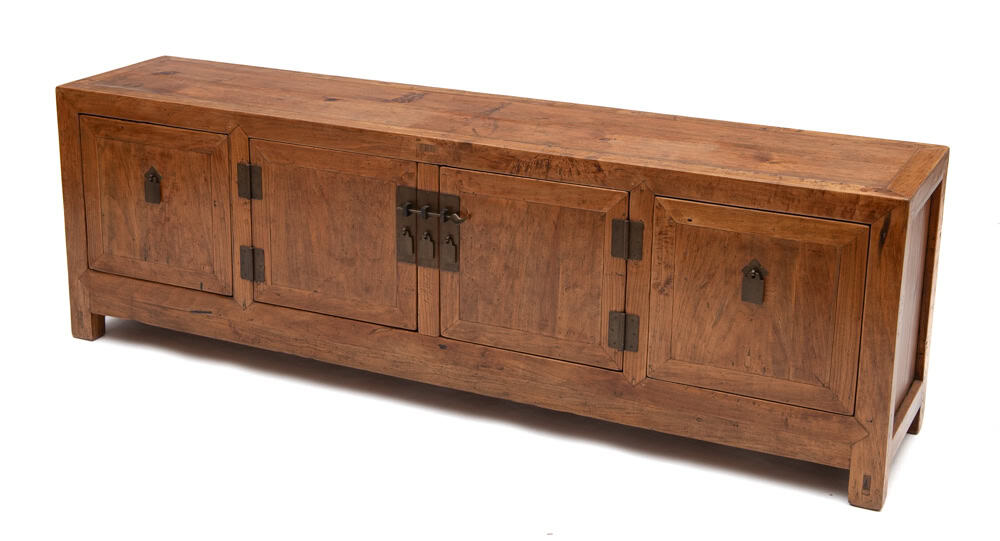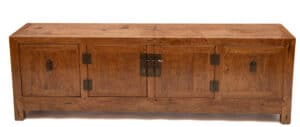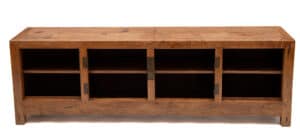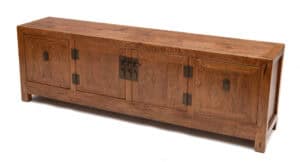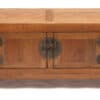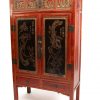Ming style low cabinet
$4,650.00
Early 20th century
- Northern elm
- 173cm W x 37cm D x 56cm H
Solid, practical item to maximise storage space. Perfect entertainment and storage unit for houses or apartments.
A shipping fee is calculated to deliver this item to the metropolitan areas of Brisbane, Sydney, Melbourne, Adelaide and Perth. Contact us to arrange a quote for delivery to other areas.
1 in stock
Make an EnquiryNote: Shipping of art is free in Australia

